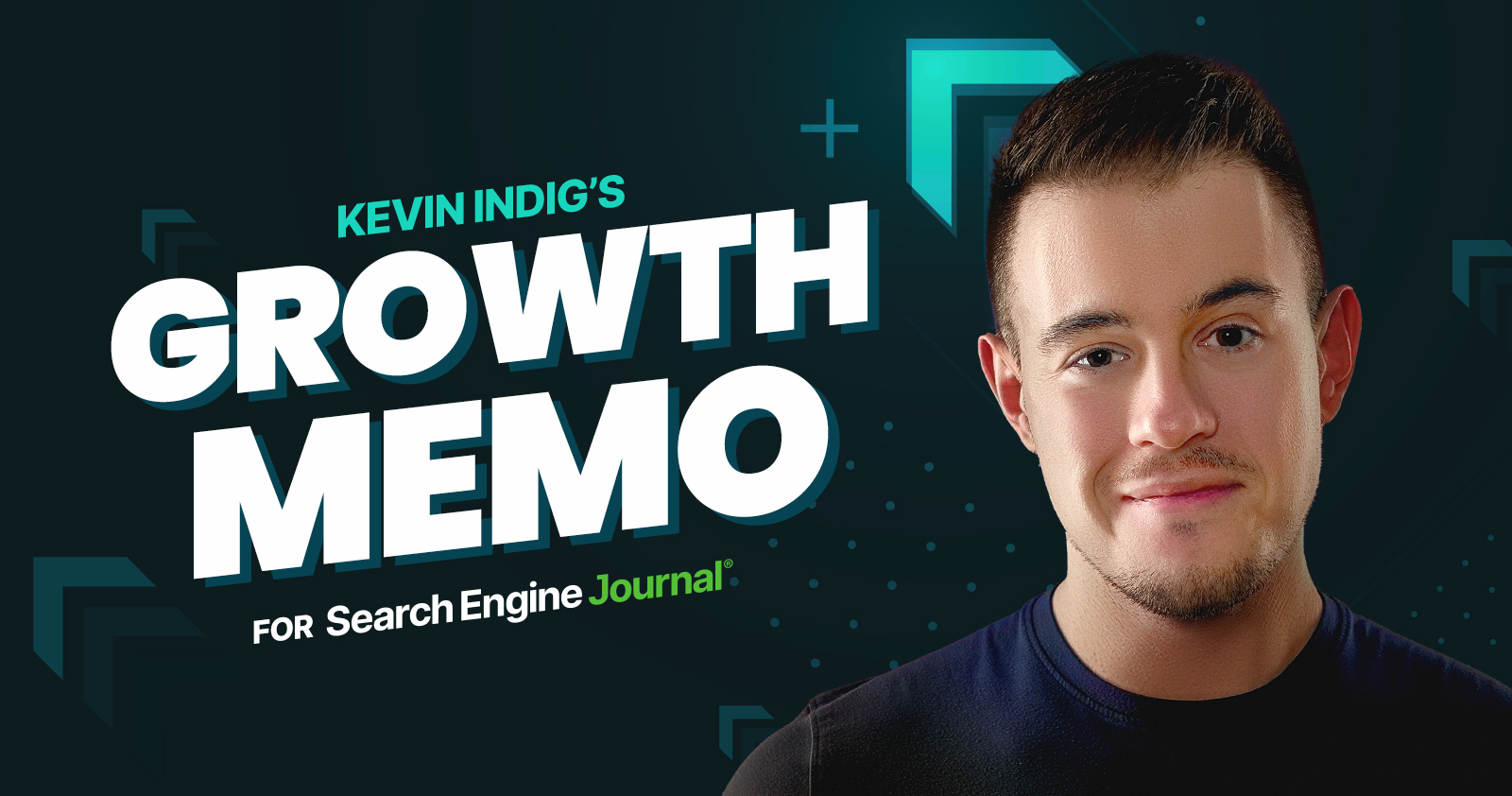Google published details of a new kind of AI based on graphs called a Graph Foundation Model (GFM) that generalizes to previously unseen graphs and delivers a three to forty times boost in precision over previous methods, with successful testing in scaled applications such as spam detection in ads.
The announcement of this new technology is referred to as expanding the boundaries of what has been possible up to today:
“Today, we explore the possibility of designing a single model that can excel on interconnected relational tables and at the same time generalize to any arbitrary set of tables, features, and tasks without additional training. We are excited to share our recent progress on developing such graph foundation models (GFM) that push the frontiers of graph learning and tabular ML well beyond standard baselines.”

Graph Neural Networks Vs. Graph Foundation Models
Graphs are representations of data that are related to each other. The connections between the objects are called edges and the objects themselves are called nodes. In SEO, the most familiar type of graph could be said to be the Link Graph, which is a map of the entire web by the links that connect one web page to another.
Current technology uses Graph Neural Networks (GNNs) to represent data like web page content and can be used to identify the topic of a web page.
A Google Research blog post about GNNs explains their importance:
“Graph neural networks, or GNNs for short, have emerged as a powerful technique to leverage both the graph’s connectivity (as in the older algorithms DeepWalk and Node2Vec) and the input features on the various nodes and edges. GNNs can make predictions for graphs as a whole (Does this molecule react in a certain way?), for individual nodes (What’s the topic of this document, given its citations?)…
Apart from making predictions about graphs, GNNs are a powerful tool used to bridge the chasm to more typical neural network use cases. They encode a graph’s discrete, relational information in a continuous way so that it can be included naturally in another deep learning system.”
The downside to GNNs is that they are tethered to the graph on which they were trained and can’t be used on a different kind of graph. To use it on a different graph, Google has to train another model specifically for that other graph.
To make an analogy, it’s like having to train a new generative AI model on French language documents just to get it to work in another language, but that’s not the case because LLMs can generalize to other languages, which is not the case for models that work with graphs. This is the problem that the invention solves, to create a model that generalizes to other graphs without having to be trained on them first.
The breakthrough that Google announced is that with the new Graph Foundation Models, Google can now train a model that can generalize across new graphs that it hasn’t been trained on and understand patterns and connections within those graphs. And it can do it three to forty times more precisely.
Announcement But No Research Paper
Google’s announcement does not link to a research paper. It’s been variously reported that Google has decided to publish less research papers and this is a big example of that policy change. Is it because this innovation is so big they want to keep this as a competitive advantage?
How Graph Foundation Models Work
In a conventional graph, let’s say a graph of the Internet, web pages are the nodes. The links between the nodes (web pages) are called the edges. In that kind of graph, you can see similarities between pages because the pages about a specific topic tend to link to other pages about the same specific topic.
In very simple terms, a Graph Foundation Model turns every row in every table into a node and connects related nodes based on the relationships in the tables. The result is a single large graph that the model uses to learn from existing data and make predictions (like identifying spam) on new data.
Screenshot Of Five Tables
 Image by Google
Image by GoogleTransforming Tables Into A Single Graph
The research paper says this about the following images which illustrate the process:
“Data preparation consists of transforming tables into a single graph, where each row of a table becomes a node of the respective node type, and foreign key columns become edges between the nodes. Connections between five tables shown become edges in the resulting graph.”
Screenshot Of Tables Converted To Edges
 Image by Google
Image by GoogleWhat makes this new model exceptional is that the process of creating it is “straightforward” and it scales. The part about scaling is important because it means that the invention is able to work across Google’s massive infrastructure.
“We argue that leveraging the connectivity structure between tables is key for effective ML algorithms and better downstream performance, even when tabular feature data (e.g., price, size, category) is sparse or noisy. To this end, the only data preparation step consists of transforming a collection of tables into a single heterogeneous graph.
The process is rather straightforward and can be executed at scale: each table becomes a unique node type and each row in a table becomes a node. For each row in a table, its foreign key relations become typed edges to respective nodes from other tables while the rest of the columns are treated as node features (typically, with numerical or categorical values). Optionally, we can also keep temporal information as node or edge features.”
Tests Are Successful
Google’s announcement says that they tested it in identifying spam in Google Ads, which was difficult because it’s a system that uses dozens of large graphs. Current systems are unable to make connections between unrelated graphs and miss important context.
Google’s new Graph Foundation Model was able to make the connections between all the graphs and improved performance.
The announcement described the achievement:
“We observe a significant performance boost compared to the best tuned single-table baselines. Depending on the downstream task, GFM brings 3x – 40x gains in average precision, which indicates that the graph structure in relational tables provides a crucial signal to be leveraged by ML models.”
Is Google Using This System?
It’s notable that Google successfully tested the system with Google Ads for spam detection and reported upsides and no downsides. This means that it can be used in a live environment for a variety of real-world tasks. They used it for Google Ads spam detection and because it’s a flexible model that means it can be used for other tasks for which multiple graphs are used, from identifying content topics to identifying link spam.
Normally, when something falls short the research papers and announcement say that it points the way for future but that’s not how this new invention is presented. It’s presented as a success and it ends with a statement saying that these results can be further improved, meaning it can get even better than these already spectacular results.
“These results can be further improved by additional scaling and diverse training data collection together with a deeper theoretical understanding of generalization.”
Read Google’s announcement:
Graph foundation models for relational data
Featured Image by Shutterstock/SidorArt








